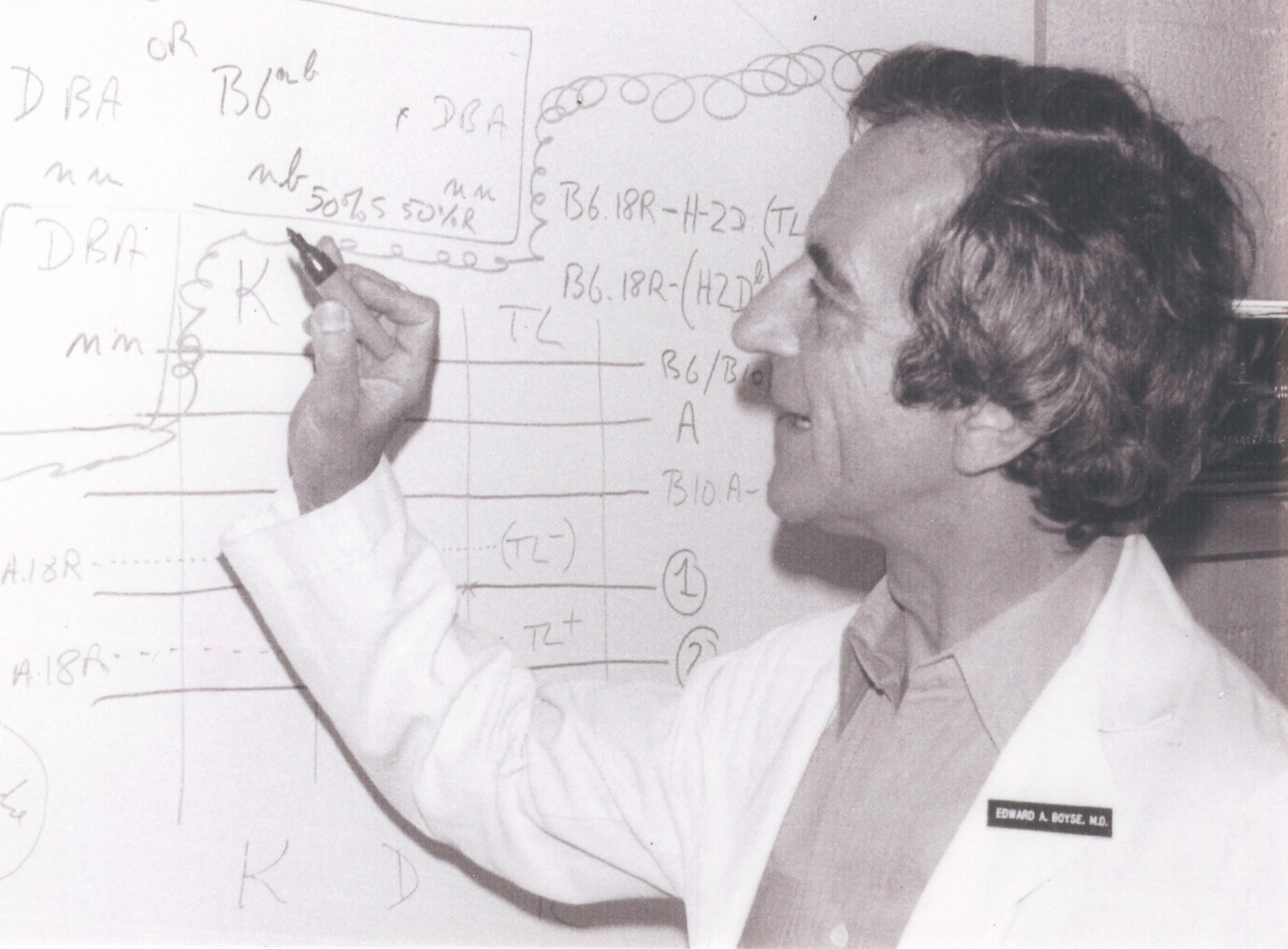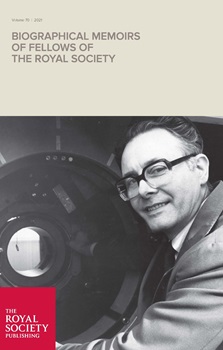
Discovery and innovation are at the heart of the latest volume of Biographical Memoirs of Fellows of the Royal Society, with the stories of fibre optics, MRI, and beta-blockers. These Nobel Prize winning achievements are also a good indicator of the prominent physics and physiology themes featured throughout the volume.
latest volume of Biographical Memoirs of Fellows of the Royal Society, with the stories of fibre optics, MRI, and beta-blockers. These Nobel Prize winning achievements are also a good indicator of the prominent physics and physiology themes featured throughout the volume.
In 1966, just one year after completing his PhD at University College London, Sir Charles Kao published his seminal work on fibre optics that, decades later, would transform the way the world communicates. Several years passed though before his work was taken seriously and the implications for telecommunications realised, culminating in his 2009 Nobel Prize in Physics.
The technological innovations of Sir Peter Mansfield were also recognised with a Nobel Prize, this time in Physiology or Medicine, for the invention of Magnetic Resonance Imaging (MRI). The application of NMR (nuclear magnetic resonance) to medical imaging revolutionised diagnostics, enabling anatomical imaging at an unprecedented level of detail. Peter’s dedication as an inventor is epitomised by his volunteering as subject for the first whole-body scanner (image below).

(a) The first whole-body scanner, now in the London Science Museum, with Peter Mansfield in the magnet. (b) The first line-scan image of Peter Mansfield's abdomen. (Images provided by Peter Morris.)
The history of NMR is further traced in this volume with the memoir of Sir Rex Richards, who designed spectrometers with pioneering applications across chemistry and biology. Rex’s story also delves into the art world with committee roles at the Tate and National Galleries, and anecdotes of Henry Moore and commissioning a portrait of Dorothy Hodgkin.
Another Nobel Prize recipient in Physiology or Medicine featured in the new volume is pharmacologist Sir James Black, who received his award in recognition of his alternative drug invention method. His analytical approach of designing drugs with specific targets in mind led to the production of two highly significant drug categories: beta-blockers and histamine H2-antagonists.
Continuing the theme of innovation in physiology and medicine, is the pioneering research of Edward Boyse, whose eclectic career encompassed odourtype genetics and umbilical cord-blood cryopreservation and transplantation. Tropical medicine is also accounted for with the memoir of parasitologist Ralph Lainson, whose field expeditions in Central and South America researching leishmaniasis were not without peril:
“Ralph also became infected when a syringe full of culture forms flew into the air while trying to inoculate an armadillo. It fell like a dart on his thigh, resulting in a lump, but no lesion appeared.”
Another physiology highlight is the life’s work of Anne Warner, who elucidated the cell biology of early embryonic development, revealing the key role of cellular gap junctions in patterning and tissue differentiation.
The latest volume also celebrates several prominent physicists, with one highlight being the memoir of theoretical physicist Sir Thomas Kibble, co-discoverer of the Higgs mechanism that was later confirmed by the landmark Higgs boson discovery.
Among these examples in the latest volume of Biographical Memoirs, you will also find a great variety of other achievements across the broad spectrum of science, addressing fascinating questions on topics including white dwarf cooling, the origins of humans, and how insects fly.
Memoirs are published as they are ready before being compiled into two volumes per year. Sign up for alerts or keep an eye on our website for new memoirs as they appear.
Image credits:
1. Professor Edward Boyse in his lab at SKI diagramming the derivation of congenic mouse strains. Image kindly provided by Judith Bard.
2. Sir Peter Mansfield with his early whole-body MRI scanning system. Courtesy of the Nottingham Post.
3. (a) The first whole-body scanner, now in the London Science Museum, with Peter Mansfield in the magnet. (b) The first line-scan image of Peter Mansfield's abdomen. Images kindly provided by Peter Morris.



